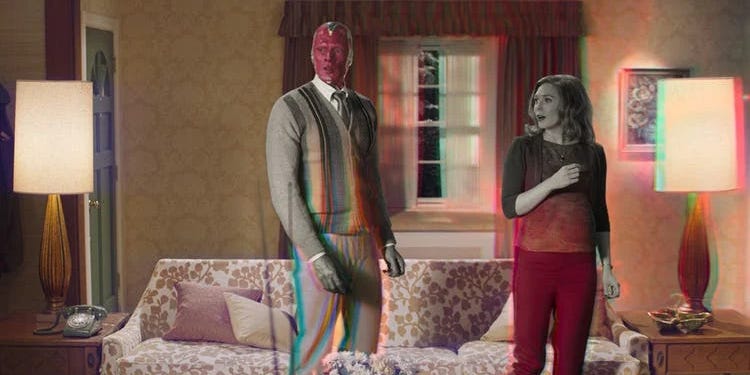- Silicon Valley investment and M&A are growing in Hollywood VFX, with Netflix acquiring Scanline.
- MARZ, the VFX studio behind Marvel’s “WandaVision,” raised CAD$6.5 million (about $5 million).
- MARZ co-founder Jonathan Bronfman said VCs were “keen on” the company’s emphasis on AI.
In the world of visual effects, artists are like James Bond, and engineers are like gadget-maker extraordinaire Q, helping 007 to complete his mission with all sorts of technological wizardry.
At least that’s the perspective of Jonathan Bronfman, who in 2018 co-founded MARZ, otherwise known as Monsters Aliens Robots Zombies, the Toronto-based VFX company behind Marvel’s “WandaVision” and the Netflix adaptation of “Shadow and Bone.”
The VFX studio in December secured CAD$6.5 million (about $5 million) in Series A funding — a round led by Round13 Capital that also included Rhino Ventures, Harlo Equity Partners, Torinit, and angel investors John Cassaday, the former Corus Entertainment CEO, and Jake Cassaday — as Silicon Valley increasingly focuses on Hollywood’s tech backbone.
VFX studios such as “Tenet” specialist DNEG and UK-based Outpost VFX have received private equity investments this past year. And in more sweeping moves in November, Peter Jackson’s Weta Digital was acquired by Unity Software for $1.6 billion, while German VFX house Scanline was scooped up by
Netflix
.
The heated
streaming
market has boosted VFX studios, and MARZ — which considers itself as much a tech company as a VFX vendor — sees artificial intelligence as an innovative way to feed the insatiable content pipeline.
“Historically, the solution in visual effects, when you’re trying to put out fires, is you throw bodies at the problem,” he told Insider. Consider the armies of VFX artists listed in the credits of a typical superhero film or fantasy series. “Our perspective is that, no, you need to throw engineers and developers at the problem, so that the artists are best positioned to succeed on their mission.”
While live-action production shuddered to a halt at the start of the pandemic, other pockets of Hollywood were able to fairly seamlessly transition to remote work, including animation and visual effects.
“We were fortunate in that we had a number of big contracts [for] shows that had wrapped just prior to the start of the pandemic,” said Bronfman, who added that MARZ doubled in size between March 2020 and early 2021. What was a 45-person operation in 2019 currently has 194 staffers, and Bronfman, COO Matt Panousis, and co-president Lon Molnar plan to expand to 300 over the course of the next year.
Amid the pandemic, remote work on “WandaVision” and “Shadow and Bone” pushed MARZ to its limits. The company received Emmy nominations for its work on “WandaVision” and the second season of Netflix’s “Umbrella Academy.”
“We created this pipeline and this workflow and these processes that we’ve carried forward, because I don’t see us really returning to an in-office setting for the foreseeable future, if ever,” Bronfman said. “It’s enlightened us to the idea that we don’t just need to hire in Ontario.”
Though there are tax credit benefits to hiring in Canada, Bronfman said MARZ has brought on talent from Vancouver, Los Angeles, Toronto, Montreal, the UK, Melbourne, Singapore and Russia.
Pre-pandemic, the average VFX salary for a senior-level staffer was “comfortably in the six figures,” he said. And amid a period of high demand, he estimates that salaries have grown roughly 20% since the pandemic began.
The company plans to use its new funding to ramp up research and development of VFX-related AI in order to create more automation. According to MARZ, the company has deployed its AI, currently in beta, on 17 Hollywood productions, with the intention of doubling that figure in 2022.
“Our vision of the company is to actually try to stall the global shortage of visual effects capacity,” said Bronfman. “There’s training and there’s education, but that’s not going to work fast enough; it’s not going to fill the demand fast enough. We need to be on the bleeding edge of technology in order to solve that problem. And that’s where artificial intelligence comes into play for us again, which is something that I know the VCs were very keen on.”
Credit: Source link


Comments are closed.